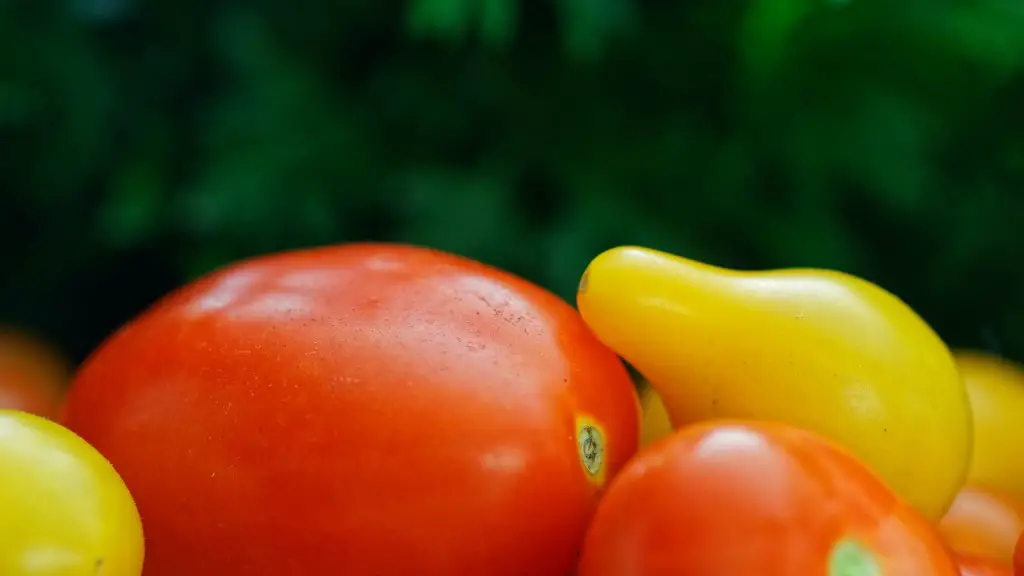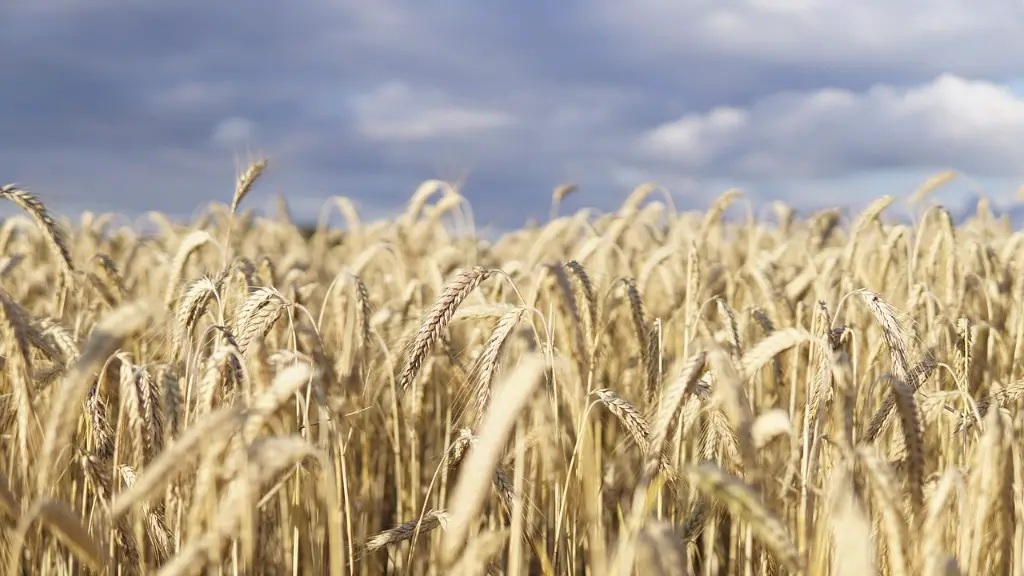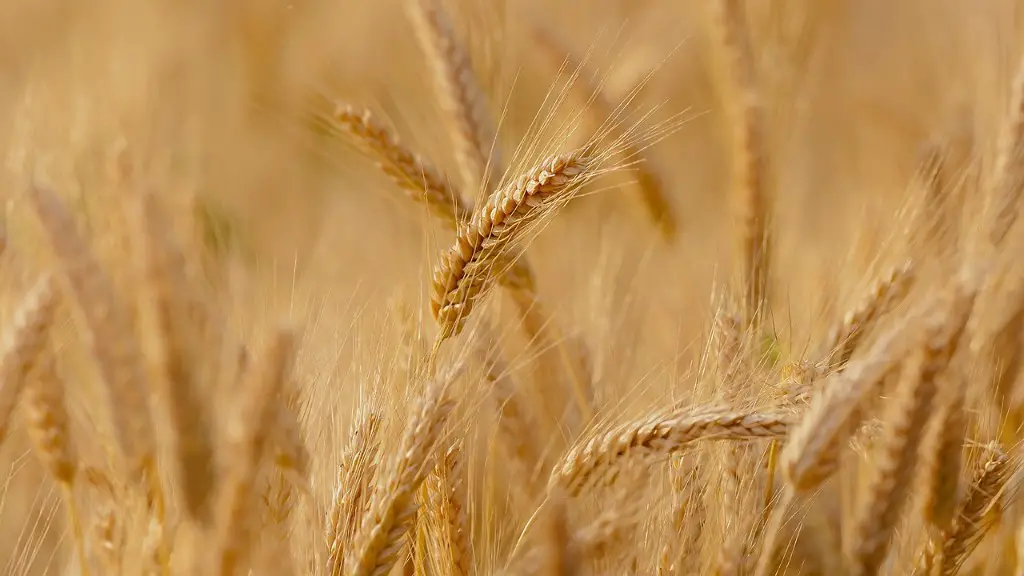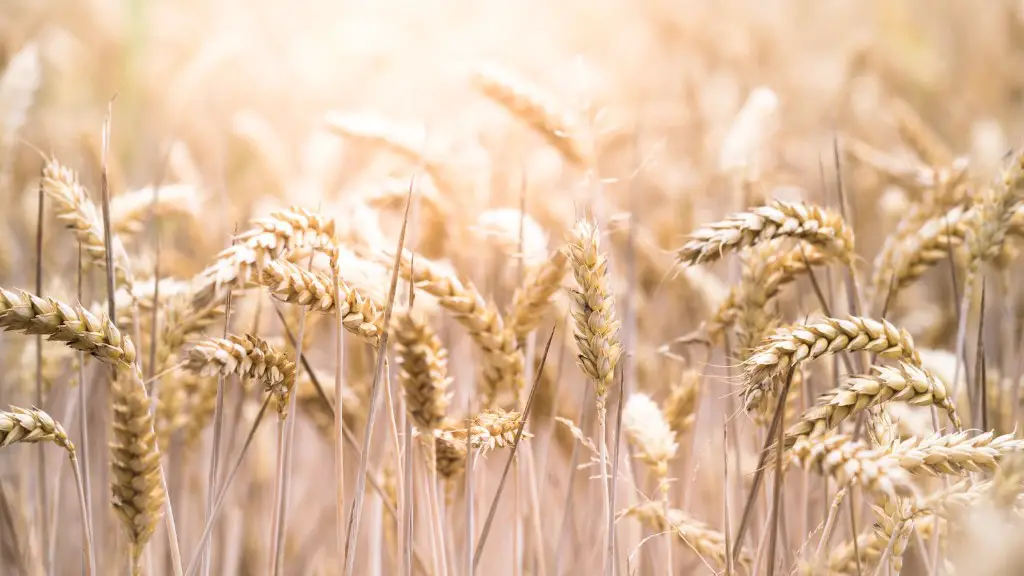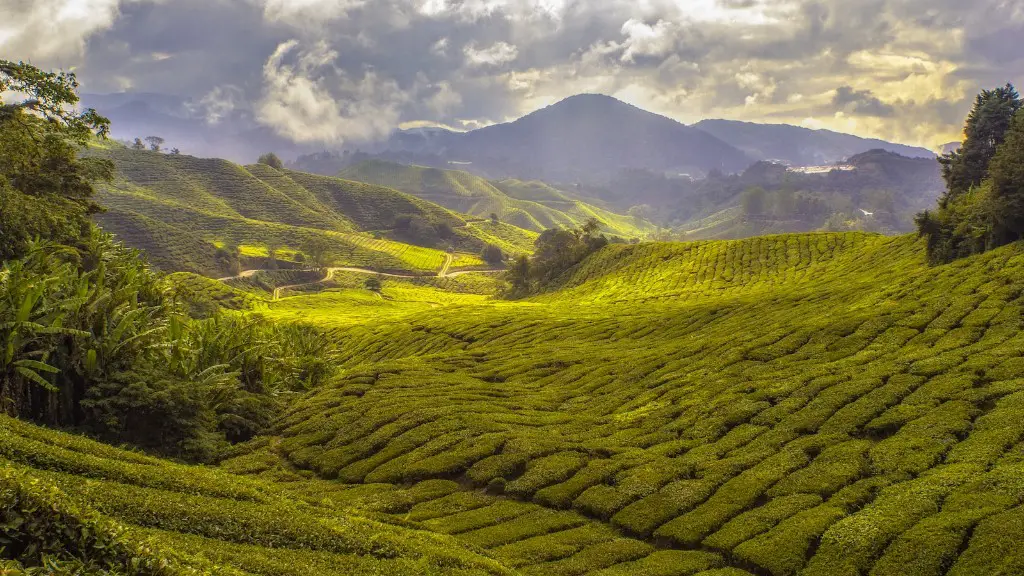In a rapidly developing world, the future of agriculture is under scrutiny. With a growing population and an ever-changing climate, the way we farm is constantly evolving. So, is there a future for sustainable agriculture?
There are many factors to consider when determining the future of sustainable agriculture. The world population is expected to reach 9.7 billion by 2050 and the demand for food will continue to increase. The Agricultural and Food Organization of the United Nations (FAO) reports that we will need to produce 60% more food by 2050 to meet this demand. At the same time, climate change is already having an impact on agriculture, and is expected to become an even greater threat in the coming years. Rising temperatures and extreme weather conditions are making it more difficult to grow crops and raising livestock.
With these challenges in mind, it is clear that sustainability is key to the future of agriculture. Practices such as conservation Tillage, crop rotation, and the use of cover crops can help farms adapt to a changing climate and protect the soil. Water conservation, efficient irrigation, and the use of organic fertilizers are also important for sustainable agriculture.
Looking to the future, it is evident that sustainable agriculture will play a vital role in feeding the world’s
There is a future for sustainable agriculture.
Why is sustainable agriculture important to our future?
Sustainable agriculture is the practice of farming in a way that protects the environment and maintains the long-term health of the land. It is a way of growing food that doesn’t require large amounts of synthetic fertilizers or pesticides, and that doesn’t damage the soil or harm the environment.
There are many reasons why sustainable agriculture is important. It is vital for the health of the environment, and it is also essential for the economic viability of agriculture systems.
Sustainable agriculture is important for the environment because it helps to protect the soil and water resources that are essential for life. It also helps to conserve biodiversity, and to reduce the amount of greenhouse gases that are released into the atmosphere.
Sustainable agriculture is also important for the economic viability of agriculture systems. It helps to ensure that farmers are able to produce food and other products in a way that is economically sustainable. This means that they can make a living from their farm without harming the environment. It also helps to ensure that the food that is produced is of a high quality and is safe for consumers to eat.
This new technology is called gene editing, and it has the potential to revolutionize agriculture. By precisely editing genes in DNA, scientists can create better crop varieties that are more resistant to disease and pests, and that can grow in harsher environments.
Gene editing is still in its early stages, but it has already shown promise. In 2018, scientists used gene editing to create a variety of wheat that was resistant to a deadly fungus. This wheat variety is now being grown commercially in the United States.
As gene editing technology improves, it will become more widely used, and it will trigger a much wider variety of crops being grown. This will be a boon for farmers, as they will have access to a greater variety of crops to choose from, and it will also be good for the environment, as more diverse crop ecosystems are more resilient to climate change.
Is sustainable farming possible
The solution to climate change is right under our feet – the soil. By adopting conservation practices, farmers can build rich, fertile soils that will grow robust crops while protecting water sources, storing carbon, reducing greenhouse gas emissions and creating fields that are more resilient to extreme weather events.
Sustainable agriculture is a rapidly growing industry that offers many opportunities for those involved in the food system. From growers to consumers, sustainable agriculture is an economically viable option that addresses many environmental and social concerns. Policymakers and others involved in the food system can benefit from the innovative approaches used in sustainable agriculture.
What are the disadvantages of sustainable farming?
Sustainable agriculture has many disadvantages, the most significant of which is its limited land use. The land used for sustainable agriculture is typically unsuitable for mass production, making it less efficient than traditional farming methods. Additionally, sustainable agriculture is very labor-intensive, and its products have shorter shelf lives than those produced by traditional methods. Finally, sustainable agriculture often requires more time to revive soil fertility, which can further impede its efficiency.
The world is facing a number of challenges when it comes to natural resources. The main challenge is the growing scarcity of these resources, as well as the rapid degradation of these resources. This is happening at a time when the demand for food, feed, fibre and goods and services from agriculture is increasing rapidly. This means that we need to find ways to produce more food with fewer resources, and to do so in a way that does not degrade the environment.
What is the greatest threat to agriculture in the next 10 years?
There is no denying that climate change is the biggest threat to agricultural sustainability. With rising temperatures and changing weather patterns, crops are becoming increasingly vulnerable to pests and diseases. In addition, droughts and floods are becoming more frequent, making it difficult for farmers to grow their crops. Climate change is also causing soil erosion, which is depleting the fertility of the land. As a result, agricultural production is decreasing, and food prices are rising. Despite these challenges, there are ways to make agriculture more resilient to climate change. For example, farmers can diversify their crops, use more efficient irrigation methods, and implement better land management practices.
The world’s major crops are expected to experience reduced or stagnant growth rates by 2030, while average prices will increase dramatically as a result, at least in part, due to climate change. Energy demand is expected to increase as much as 50%, driven mostly by developing world demand.
How many years of farming are left
The UN’s Food and Agricultural Organization has warned that if soil erosion continues at its current pace, the world could run out of topsoil in 60 years. This is a serious problem that needs to be addressed immediately. The loss of topsoil will have a devastating effect on food production and will lead to widespread hunger and famine. We must take action now to protect our soils and ensure that they are used sustainably.
Climate change is the most significant threat to agricultural sustainability. The increased frequency and intensity of extreme weather events is expected to lead to lower crop yields, reduced soil fertility, and more pests and diseases. All of these factors will have a negative impact on agricultural production and the food security of our planet. We must take action to mitigate the effects of climate change and ensure the sustainability of our food supply.
Is sustainable agriculture realistic?
A common consensus is that sustainable farming is the most realistic way to feed growing populations. In order to successfully feed the population of the planet, farming practices must consider future costs–to both the environment and the communities they fuel. In order to create a sustainable food system, we need to take into account the environmental impact of farming, as well as the social and economic justice of the food system.
The use of agricultural chemicals is a growing concern for the health of both humans and the environment. These chemicals are toxic to human health, wildlife, and pollinators, and they are also running off into water bodies, polluting land, rivers, and wetlands. Additionally, the use of these chemicals is destroying important soil microbes that are critical for healthy soils.
What is the main barrier in the sustainability of agriculture
In addition to the financial and technical barriers to adoption, social factors such as land tenure, infrastructure, and incompatibility can also impede the uptake of new technologies. Land tenure issues can make it difficult for farmers to obtain the requisite land to implement new farming practices. Infrastructure issues can make it difficult to access inputs or markets for selling products. Incompatibility can arise when new technologies are not compatible with existing local infrastructure or institutions. All of these social impediments can act as significant barriers to the adoption of new technologies.
It is heartening to see that so many countries are focused on sustainable agriculture, as this is crucial for the health of our planet. These countries are leading the way in terms of environmental stewardship and we should all learn from their example.
What does Vision 2030 say about agriculture?
President Mnangagwa has said that in order to attain Vision 2030, Zimbabwe cannot afford to have idle, unproductive or under-utilised farms. He has called on captains of industry and commerce to be pro-active in supporting agriculture and its attendant value chains. With agriculture being one of the key economic sectors, the government has put in place various policies and initiatives to support the sector. These include the establishment of the Agricultural Development Bank of Zimbabwe, the Command Agriculture programme and the Agricultural Financing Facility.
Though organic farms cannot use synthetic fertilizers, they require much more land to farm the same amount of produce. This increased demand for farmland can lead to deforestation.
What is the opposite of sustainable agriculture
Sustainable agriculture is a great way to produce food without damaging the environment. It relies on natural processes for input and recycles nutrients on-site to eliminate the use of non-renewable resources. This is a much more sustainable way of producing food than conventional agriculture, which requires an incredible amount of energy to produce, prepare, and transport food.
Regenerative agricultural practices are those that work to improve the health of the soil. This, in turn, leads to improved plant health and water retention, and can help to reverse climate change. Farmers who practice regenerative agriculture report increased profits, improved soil health, and a more resilient business.
Warp Up
There is a future for sustainable agriculture. With the growing population and the demand for food, there is a need for sustainable agriculture practices. These practices include using renewable resources, protecting the environment, and using efficient irrigation practices.
There is a future for sustainable agriculture because it is necessary for the survival of our planet. Sustainable agriculture is an environmentally friendly form of agriculture that does not harm the ecosystem. It is a type of agriculture that utilizes land and resources in a way that does not damage or deplete them.
